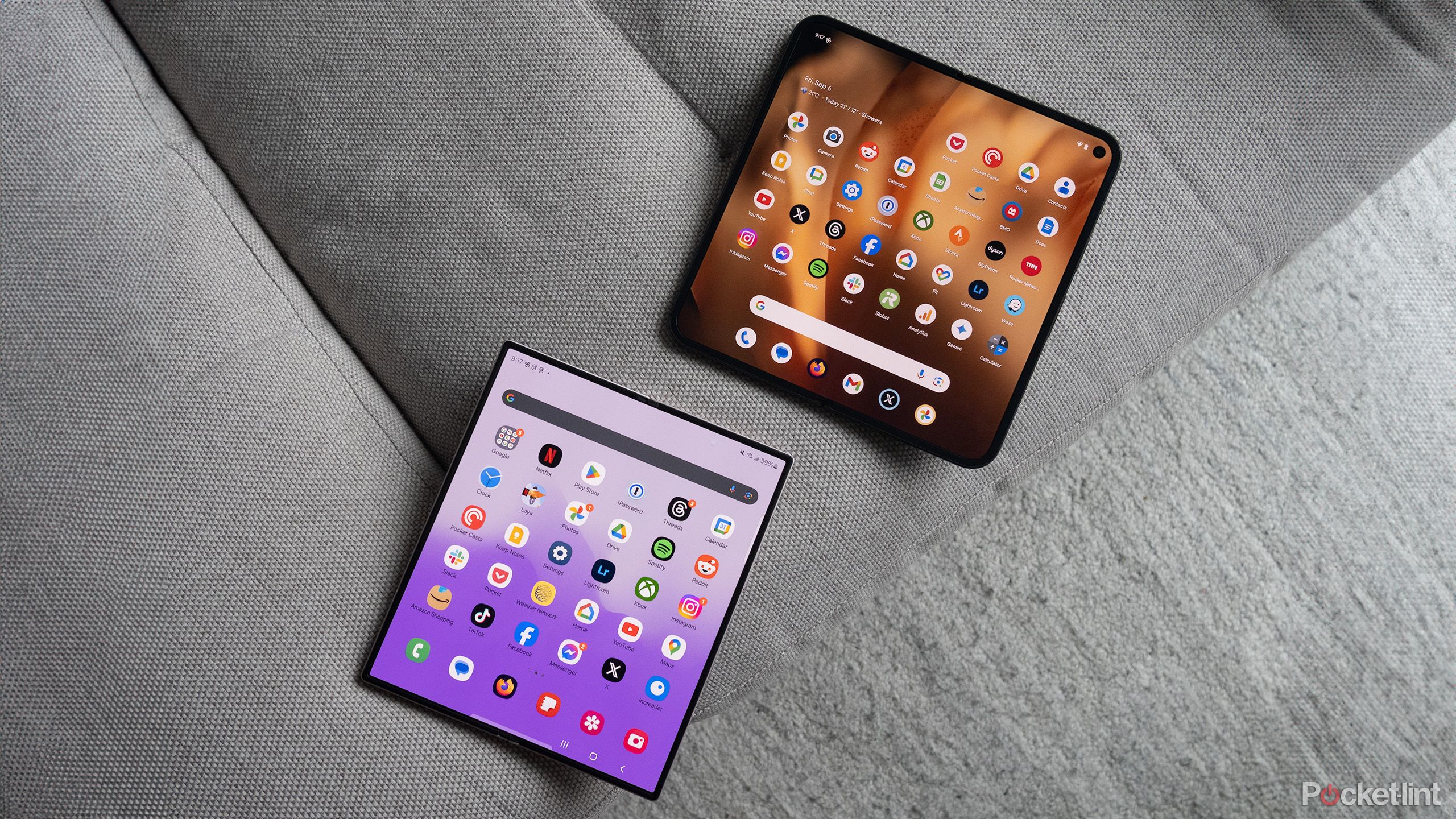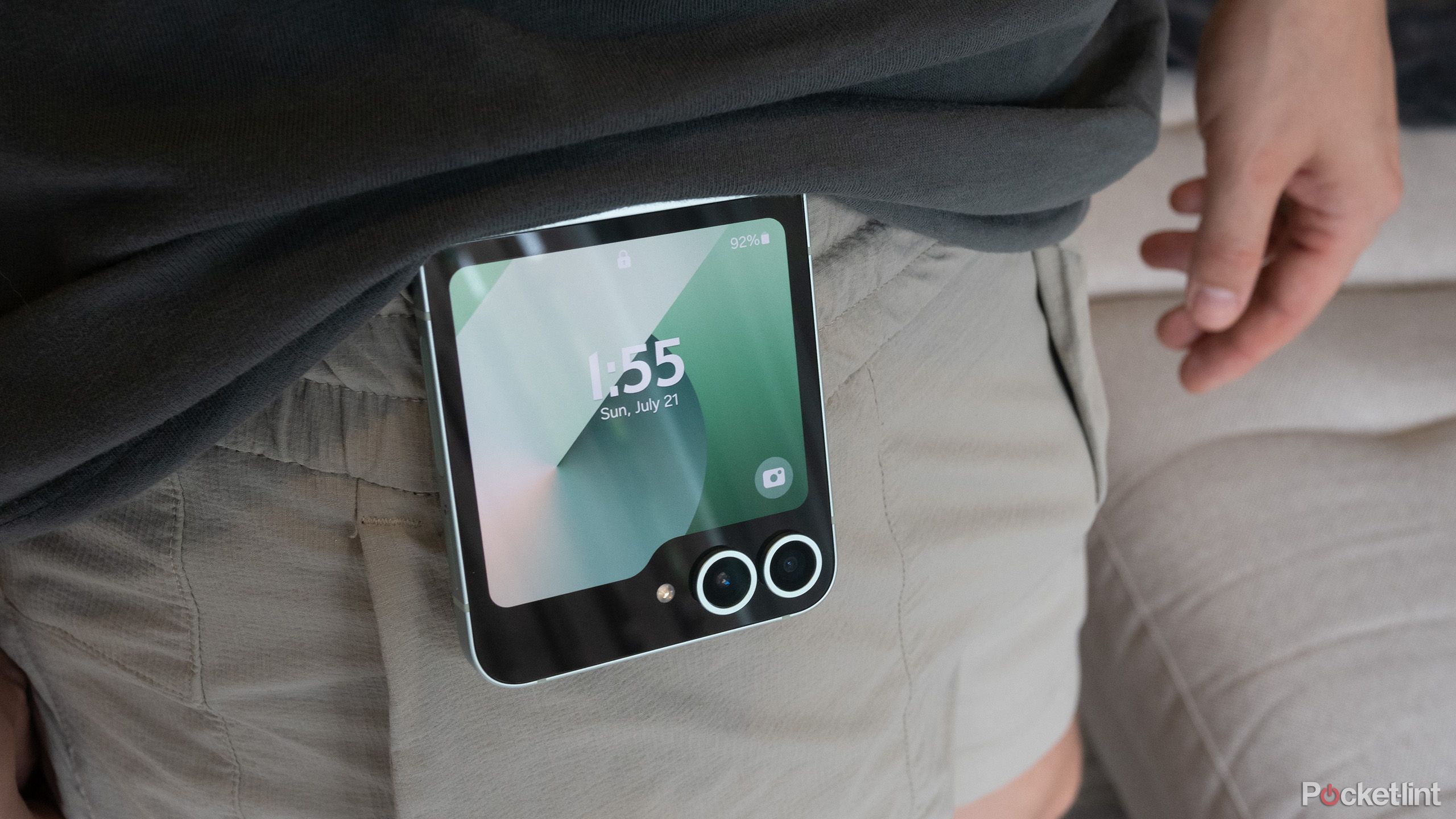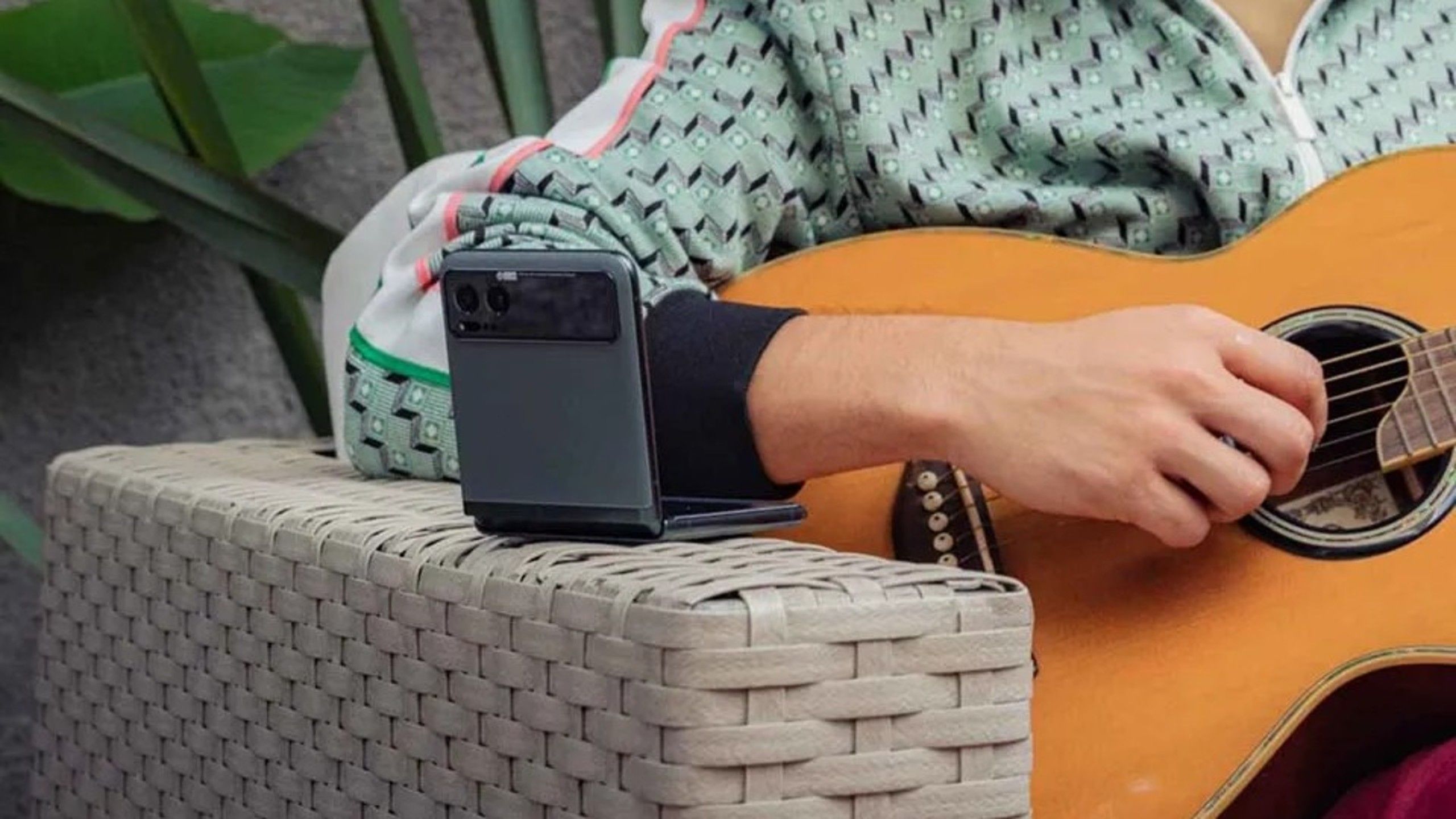Summary
- The biggest issue is the sky-high cost of foldable phones relative to “flat” ones.
- You’re often making sacrifices in specs and durability for the sake of the form factor.
- The software situation is solidifying, but there are still quirks and compatibility issues.
Okay, the title is a little disingenuous, I’ll admit. I think foldable phones can be perfectly fine, and they’re liable to take over the smartphone market eventually — assuming AR glasses don’t turn them into a sideshow. Even then, there’s likely to be plenty of call for a device that you can control without finger gestures or voice commands.
In the short term, however, I’m absolutely staying clear of foldables. They just don’t seem well-suited to me, even though I’m a tech journalist who’s expected to be on the cutting edge. I’ll stick with glass slates like my iPhone 16 Pro for the foreseeable future.
Related
I’m not sold on the idea of AI health coaching apps on my phone
Fitness may be simultaneously too nuanced and too simple for AI coaching.
1 They’re often priced into the stratosphere
Why not buy an iPad instead?
A complaint nearly everyone can agree on is that foldables are expensive. The worst offenders are the book-style models that unfold into small tablets — Google’s Pixel 9 Pro Fold is about $1,800, and other models are costlier still. Apple’s first folding iPhone, expected in 2026 or later, could approach or top $2,000 if it’s true the company is sparing no expense in solving issues like creasing and thickness. In that situation, you might actually save money by buying a basic iPhone and an iPad Air instead. Consider also that for $2,000, you could buy a pretty decent gaming PC.
Foldables simply can’t go mainstream until there’s no automatic penalty for their form factor.
Even clamshell foldables — similar to the feature phones many of us grew up with — tend to cost more than they’re worth. The going price for a top-of-the-line clamshell (like Samsung’s Galaxy Z Flip 6) is around $1,000, but you’re making spec sacrifices in the process, such that it’s probably better to buy a Galaxy S25 or iPhone 16 Pro instead. Foldables simply can’t go mainstream until there’s no automatic penalty for their form factor.

Pixel 9 Pro Fold
Google’s Pixel 9 Pro Fold aims to solve the original Pixel Fold’s key issues thanks to its thinner and lighter design, Tensor G4 chip and more fluid hinge.
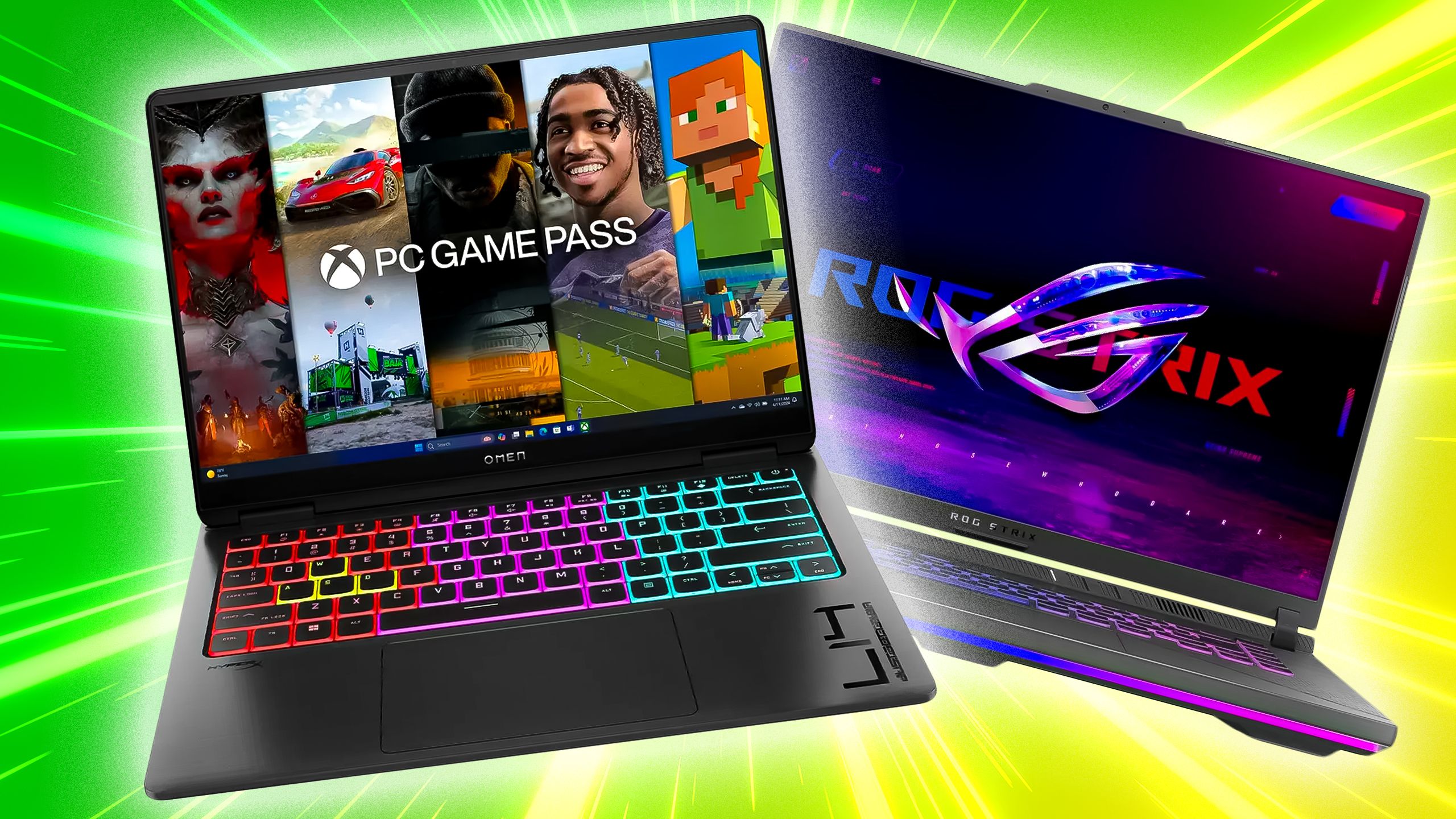
Related
4 reasons why gaming laptops are actually great
Consoles and handhelds are great, but there’s only so far they can take you.
2 Durability is improving, but isn’t there yet
Rugged foldables are a distant dream
While modern foldables are tougher than some might think, they’re also weaker than they ought to be. The Z Flip 6, for instance, has an IP48 rating. That means it’s largely water-resistant, but unable to block dust particles under 1mm. Sand could still slip in through the hinge and wreck various components, which is a hard sell when many regular smartphones now have an IP68 rating. Some manufacturers are even aiming for IP69K, tough enough that you could take a garden hose to your phone after dropping it in the mud.
Cases and screen protectors can only help with the outside of a foldable.
Other issues aren’t covered by IP ratings. Repeatedly opening and closing a phone can exacerbate creasing, and it’s possible to accidentally gouge some foldable screens with your fingernails, if you’re not careful. Cases and screen protectors can only help with the outside of a foldable, as a rule.
I’m mostly concerned about dust — speaking as someone who visits friends and family in Texas — but regardless, I think there are few people positioned to use a foldable as a go-everywhere daily driver.
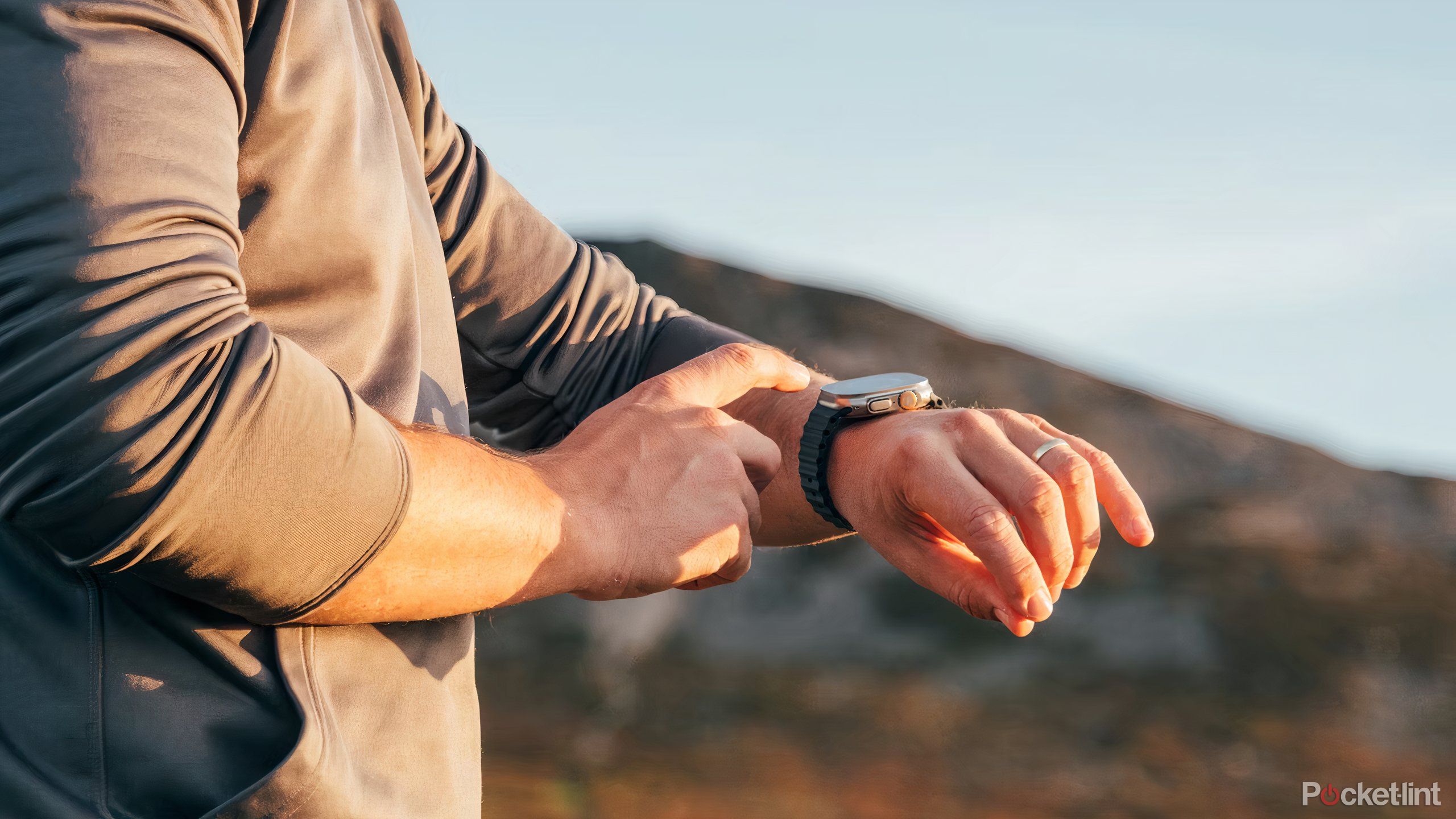
Related
The 7 must-have tech tools for travel I always keep in my bag
If your philosophy is to travel light, these are the seven tech tools that should always be in your bag.
3 They’re often a solution in search of a problem
The limited benefits of folding screens
Motorola
Folding technology has a novelty to it, but often, it doesn’t provide anything radically better than a flat phone. It does enable features like propped-up video playback, live text translations, and, of course, better multitasking on book-style products. But how often do you really need to translate conversations, or multitask with a handheld device? When I’m on the go with my iPhone, I’m usually only interested in one task at a time, excluding any music or podcasts in the background. Multitasking is most important to me on a tablet or computer, where I can get real work done instead of just emails and chat.
Foldables don’t even provide much (if any) extra protective value, which is something you might assume until you pick one up. I’ve already touched on the internal vulnerabilities — but their exteriors are just as vulnerable as any other phone, since they have secondary screens for improved convenience. You might still be able to use your phone if that second screen breaks, but it’s not much comfort, knowing how much you’re going to have to pay to get it fixed.
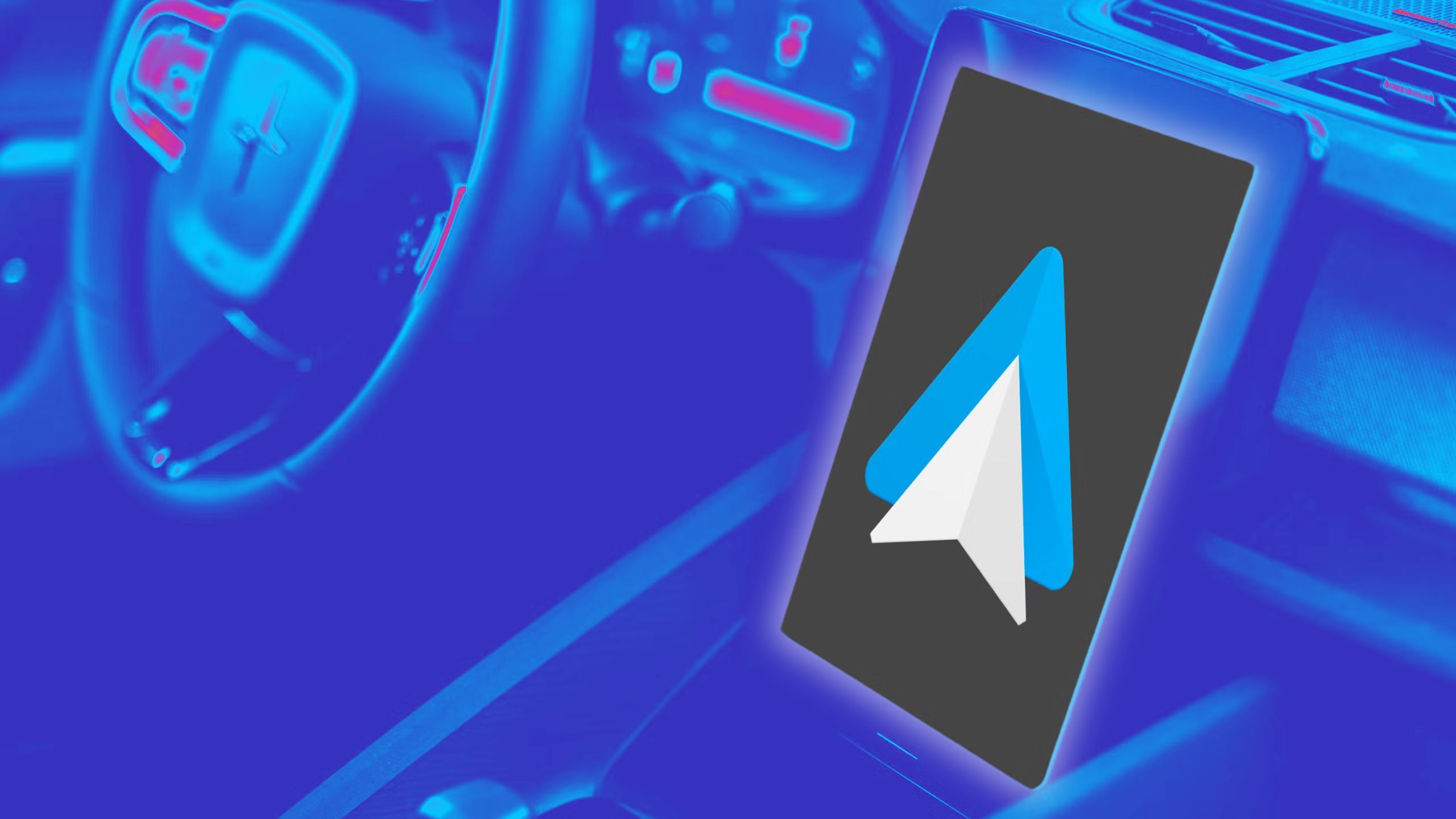
Related
4 tips and tricks for troubleshooting Android digital car key setup
It should be easy to fix (most) issues with pairing your phone.
4 The software is still a work in progress
Not quite there, yet
To Google’s credit, the foldable version of Android has come a long way. If you’ve got a Pixel 9 Pro Fold, there’s nothing too complicated about most of its interface, assuming you’re used to the multitasking controls on tablets. But even veterans can run into points of confusion, or temporarily forget how to do something because it’s not an everyday function. It’s no wonder Google produced an elaborate animated help guide meant to explain things in the simplest possible manner.
App compatibility is another concern. While it’s improving all the time, there’s still a chance you’ll run into apps that aren’t optimized for folding devices. I can only imagine how rough things will be when that foldable iPhone arrives. If there’s still no iPad version of Instagram, 15 years on, what are the odds of smaller developers hitting the ground running? I’ll be content with my flat phone until the foldable ecosystem has settled down a bit more.

Related
Does smart tech really add that much to your fitness regimen?
The full answer varies from person to person, but here’s my gym-buff take.
Trending Products
![cimetech EasyTyping KF10 Wireless Keyboard and Mouse Combo, [Silent Scissor Switch Keys][Labor-Saving Keys]Ultra Slim Wireless Computer Keyboard and Mouse, Easy Setup for PC/Laptop/Mac/Windows – Grey](https://m.media-amazon.com/images/I/415Vb6gl+PL._SS300_.jpg)
cimetech EasyTyping KF10 Wireless Keyboard and Mouse Combo, [Silent Scissor Switch Keys][Labor-Saving Keys]Ultra Slim Wireless Computer Keyboard and Mouse, Easy Setup for PC/Laptop/Mac/Windows – Grey

AOC 22B2HM2 22″ Full HD (1920 x 1080) 100Hz LED Monitor, Adaptive Sync, VGA x1, HDMI x1, Flicker-Free, Low Blue Light, HDR Ready, VESA, Tilt Adjust, Earphone Out, Eco-Friendly

TopMate Wireless Keyboard and Mouse Ultra Slim Combo, 2.4G Silent Compact USB Mouse and Scissor Switch Keyboard Set with Cover, 2 AA and 2 AAA Batteries, for PC/Laptop/Windows/Mac – White

HP 2024 Laptop | 15.6″ FHD (1920×1080) Display | Core i3-1215U 6-Core Processor | 32GB RAM, 1.5TB SSD(1TB PCIe & P500 500GB External SSD) | Fingerprint Reader | Windows 11 Pro

Thermaltake View 200 TG ARGB Motherboard Sync ATX Tempered Glass Mid Tower Computer Case with 3x120mm Front ARGB Fan, CA-1X3-00M1WN-00

SAMSUNG FT45 Sequence 24-Inch FHD 1080p Laptop Monitor, 75Hz, IPS Panel, HDMI, DisplayPort, USB Hub, Peak Adjustable Stand, 3 Yr WRNTY (LF24T454FQNXGO),Black

Dell Inspiron 15 3520 15.6″ FHD Laptop, 16GB RAM,1TB SSD, Intel Core i3-1215U Processor(Beat i5-1135G7), SD Card Reader, WiFi, Bluetooth, Webcam, Win 11 Home, Alpacatec Accessories, Carbon Black
![Dell Inspiron 15 3000 3520 Business Laptop Computer[Windows 11 Pro], 15.6” FHD Touchscreen, 11th Gen Intel Quad-Core i5-1135G7, 16GB RAM, 1TB PCIe SSD, Numeric Keypad, Wi-Fi, Webcam, HDMI, Black](https://m.media-amazon.com/images/I/51O3nNfyJPL._SS300_.jpg)

